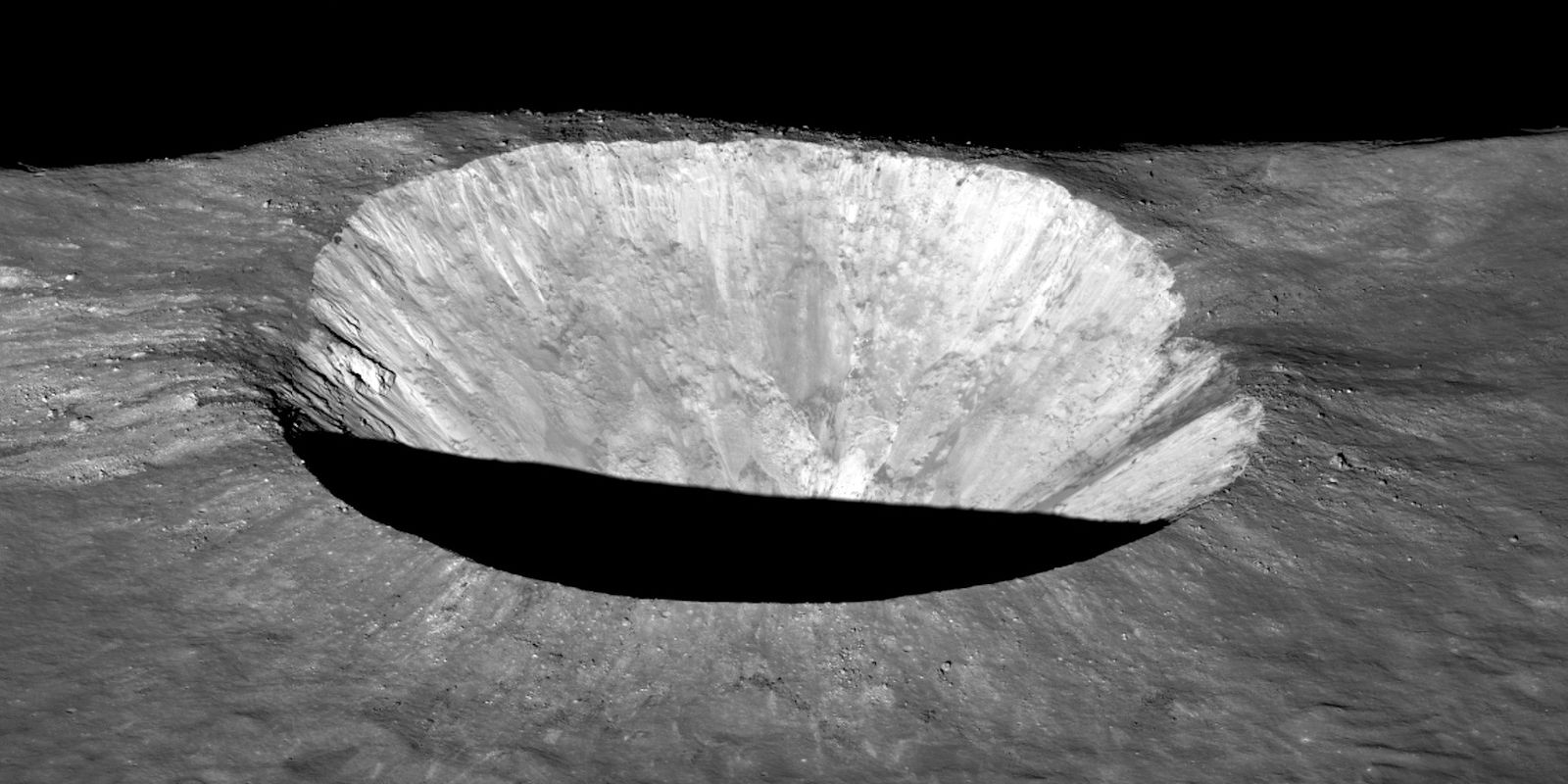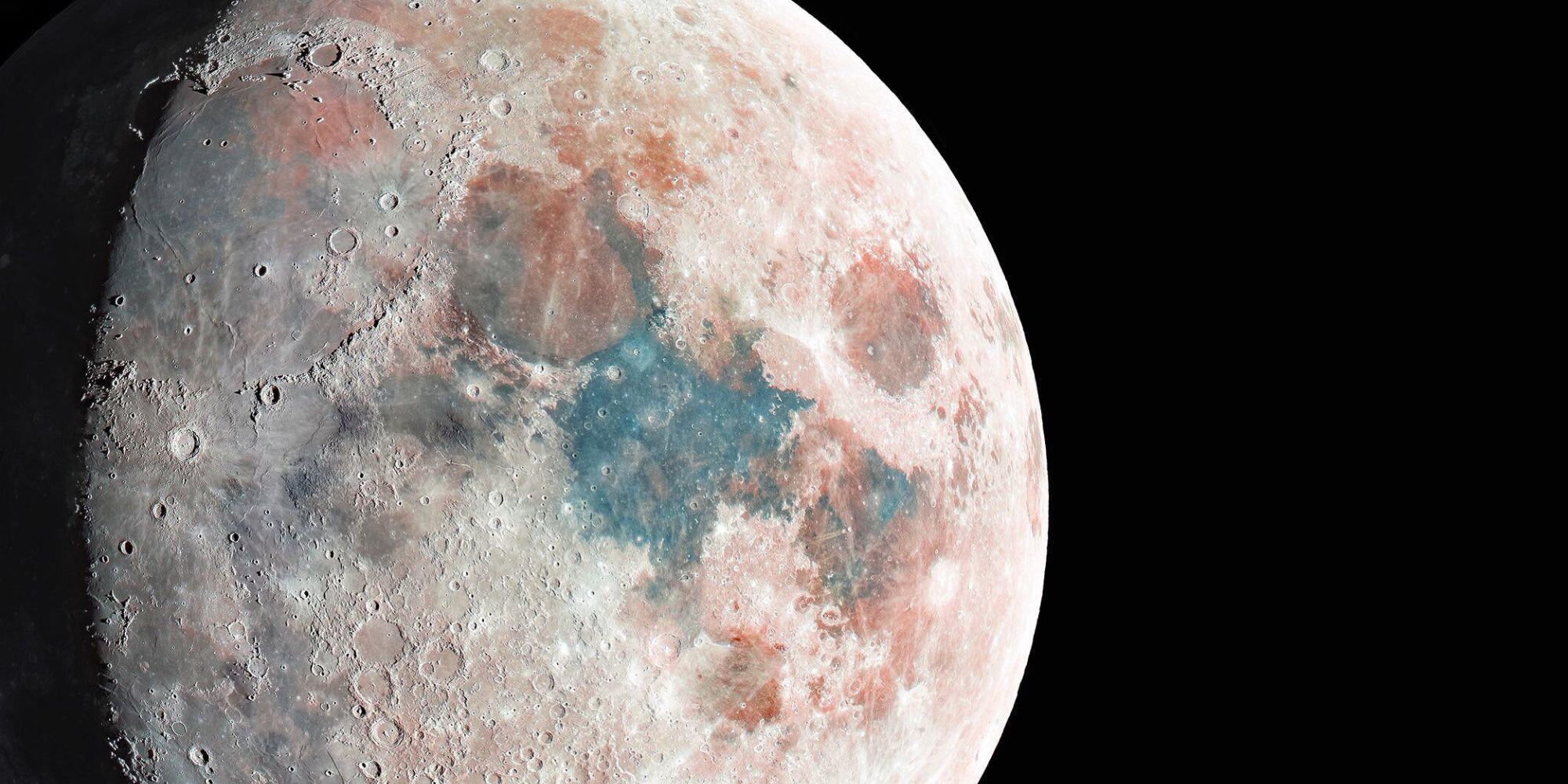As CO2 levels rise in the atmosphere, causing the climate change crisis across the globe, many scientists, engineers, and activists postulate about having to move off-world to Mars to circumvent a worst-case scenario. But there's now data showing that the Moon holds enough oxygen and other life-promoting materials that it could save Earth from our bad habits. The biggest challenge of moving to Mars is finding the materials we need to sustain life. A small amount of Earth's atmosphere has been leaking into interstellar space for billions of years depositing huge resources of molecules onto the Moon's surface. If harvested appropriately, the Moon could provide humanity with the oxygen needed to sustain life for the foreseeable future.
According to researchers, the Earth has spewed a minuscule amount of its atmosphere out each day into the magnetosphere which moves through a gravitational dance around the planet. The Moon dips into the magnetosphere 5 days per month, allowing our nearest celestial neighbor a window to absorb minerals like nitrogen, hydrogen, silicon, and most importantly oxygen. This process has occurred long enough that scientists claim that the Moon's crust has accumulated a vast amount of oxygen that we could potentially use. The Moon's regolith, at a depth of 10 meters, contains 45% Oxygen which is enough to sustain all of life on present-day Earth for 100,000 years.
As many engineers have pointed out, we can't simply just breathe in Moon rocks. It's going to take a lot of energy, effort, and resources to extract oxygen from the Moon's surface so people can use it. Thankfully, the process of extracting oxygen and other molecules from minerals, known as electrolysis, already exists and is used presently on Earth in manufacturing. In partnership with the Australian Space Agency, NASA's Artemis program will send Moon rovers as early as 2026 to begin collecting and harvesting oxygen and other molecules from Moon rock.
Terraforming the Moon
NASA's small-scale efforts will act as a model to build larger manufacturing facilities in the future and formulate ways of harvesting other resources on the Moon to create rocket fuel and other mission crucial assets. Another major hurdle is fueling the process of extracting oxygen from the regolith, with many scientists pointing to solar energy that's readily available on the Moon's surface. Space Applications Services, a Belgian startup, has announced plans to send three experimental solar reactors to the Moon by 2025 to power the process of electrolysis and open up the doorway for energy systems on the Moon's surface.
While terraforming the Moon represents a gigantic hurdle for humanity, the technology and means to make it happen are within our reach. Elon Musk and SpaceX have popularized Mars putting it front-and-center as the answer to our environmental problems, but that's like putting the cart before the horse. Currently, there isn't much scientific evidence that Mars could sustain life as we know it, or that we could even safely reach it. We should concentrate our focus on the more realistic goal of inhabiting the Moon, rather than getting caught up in a sci-fiction pipedream.


